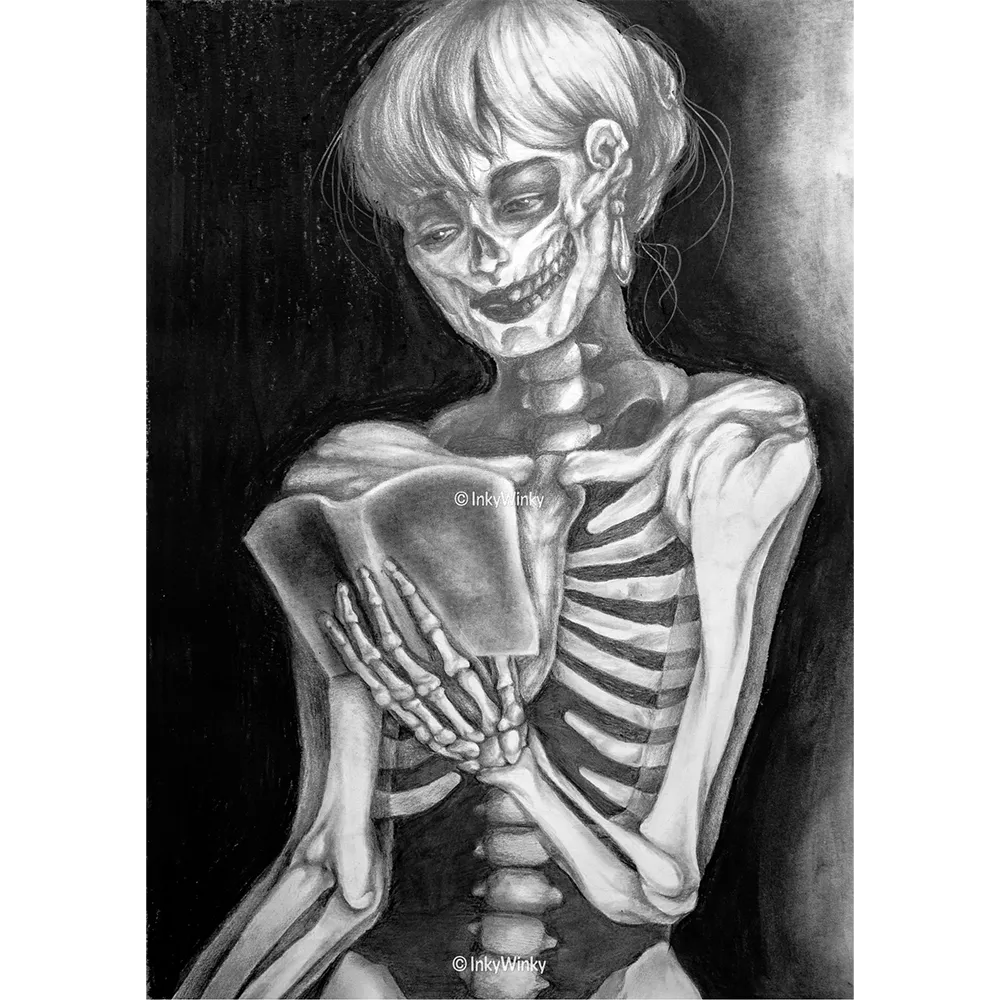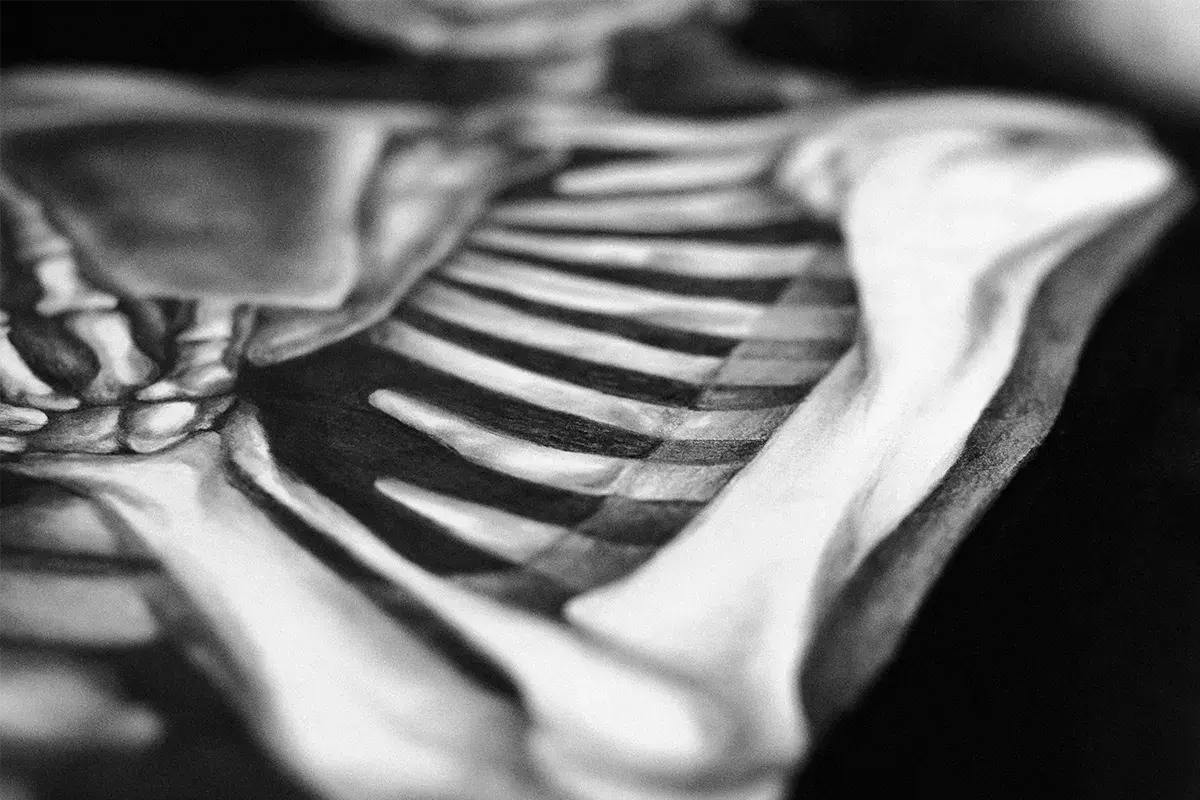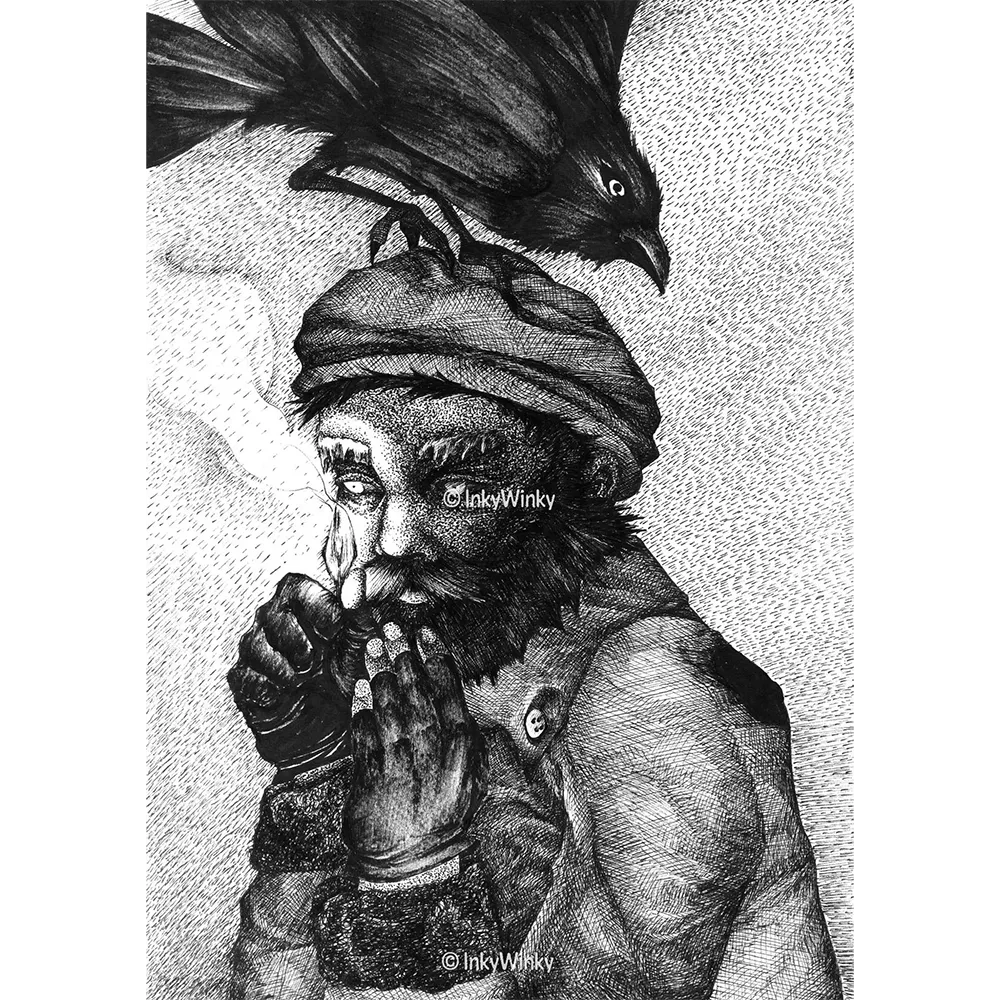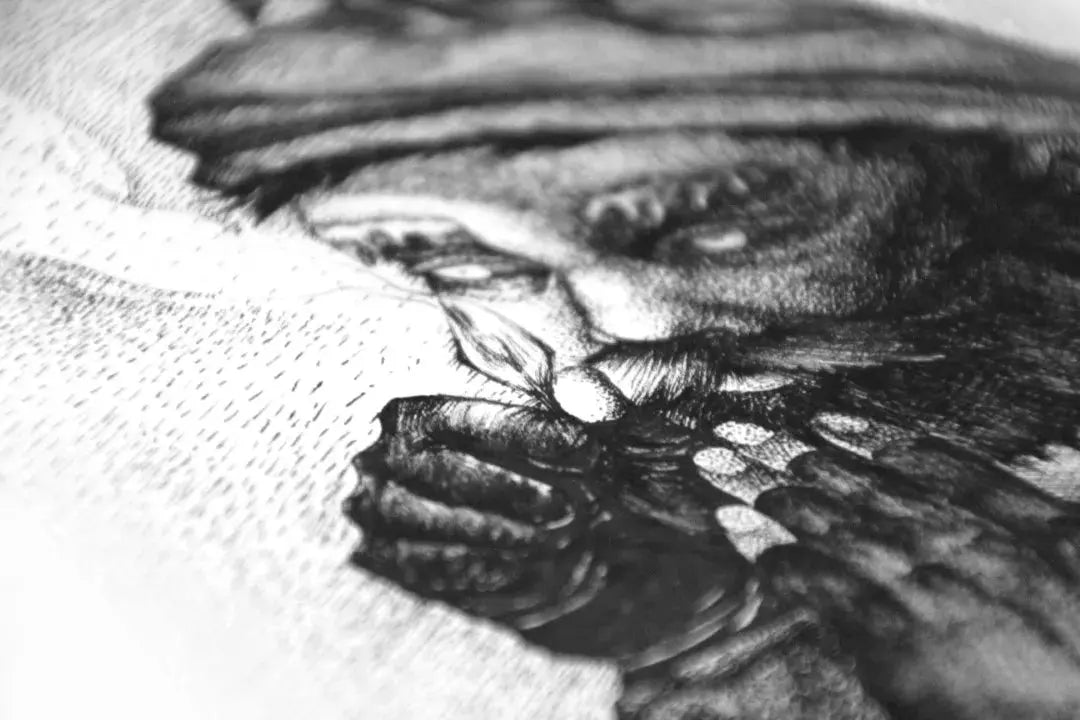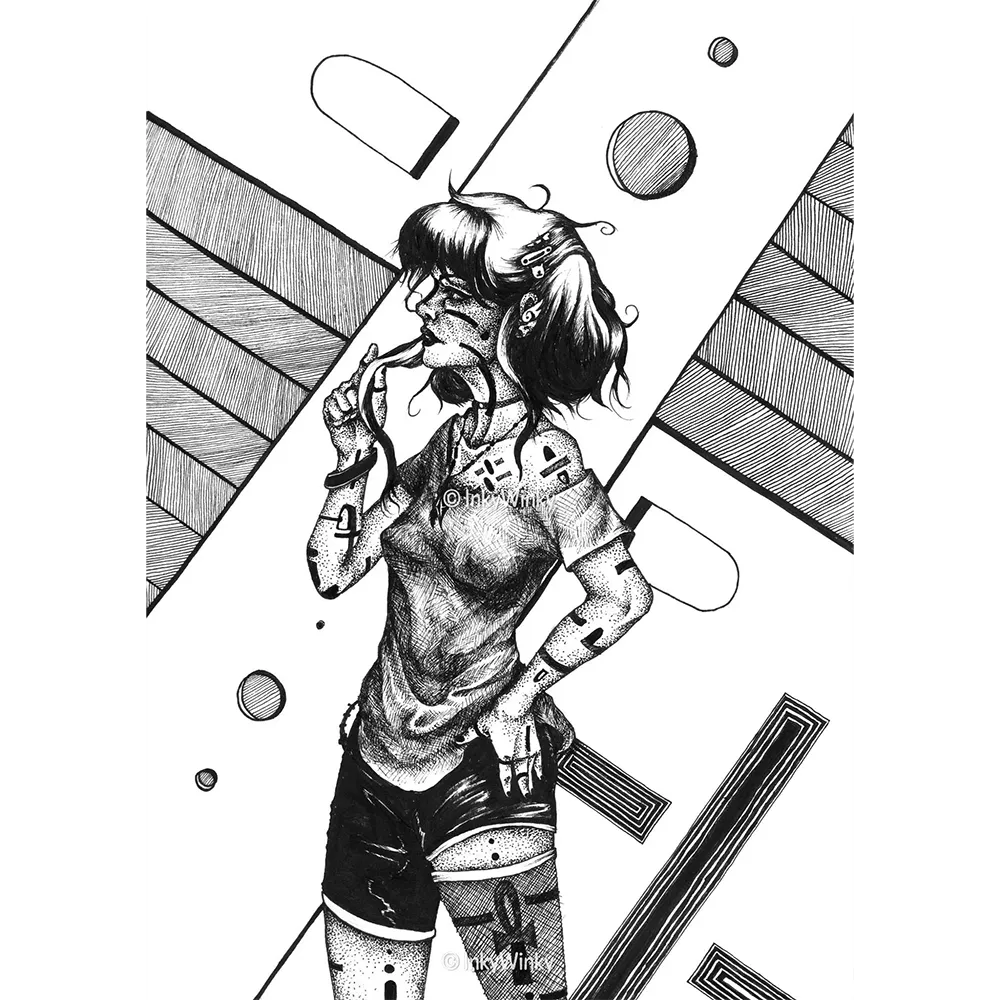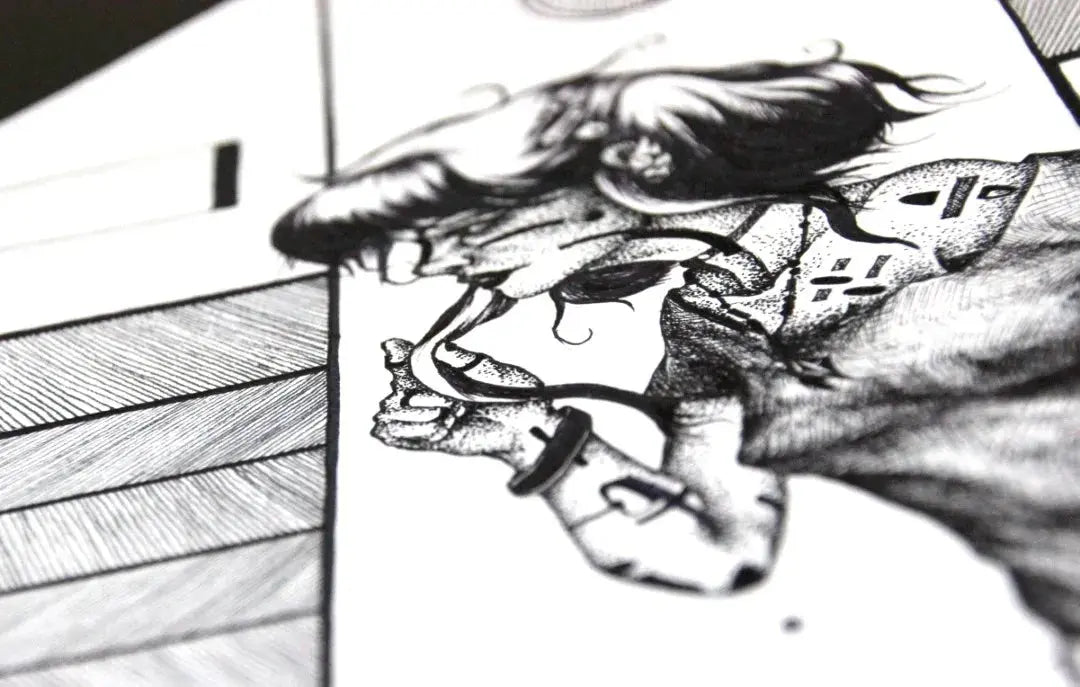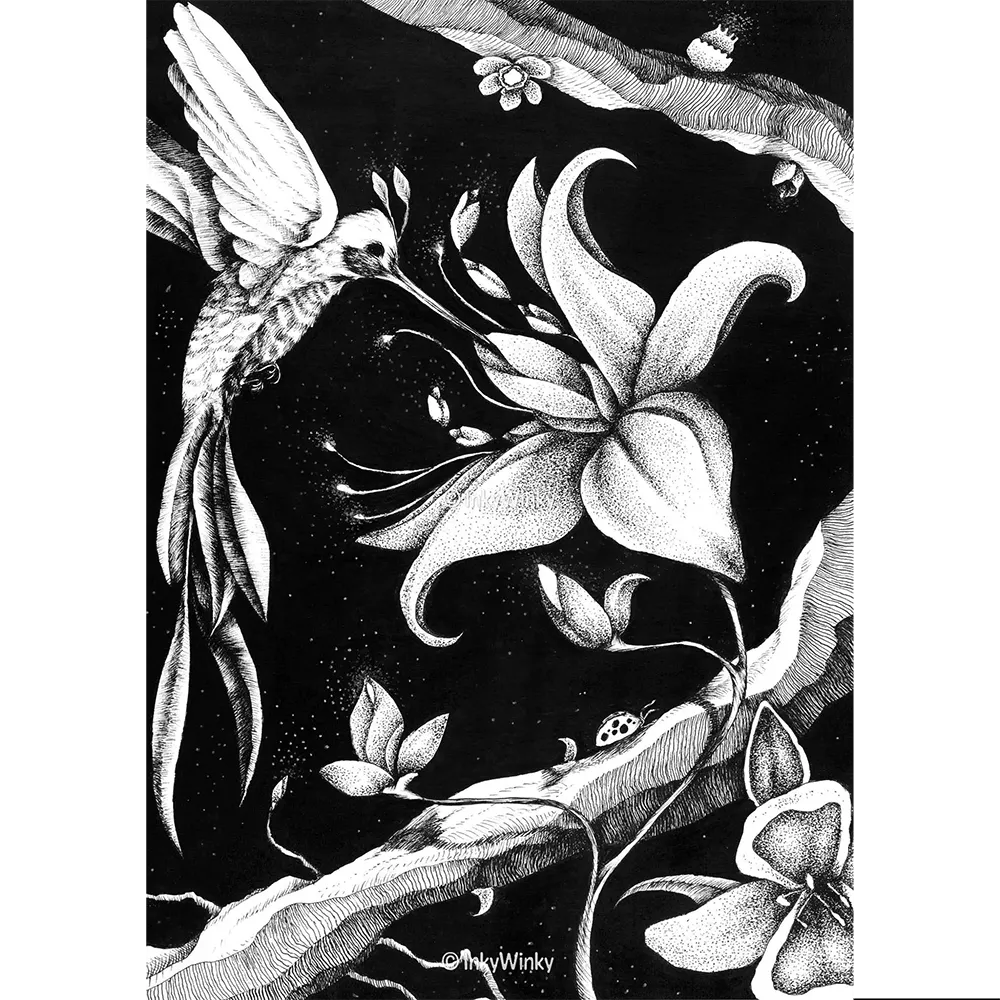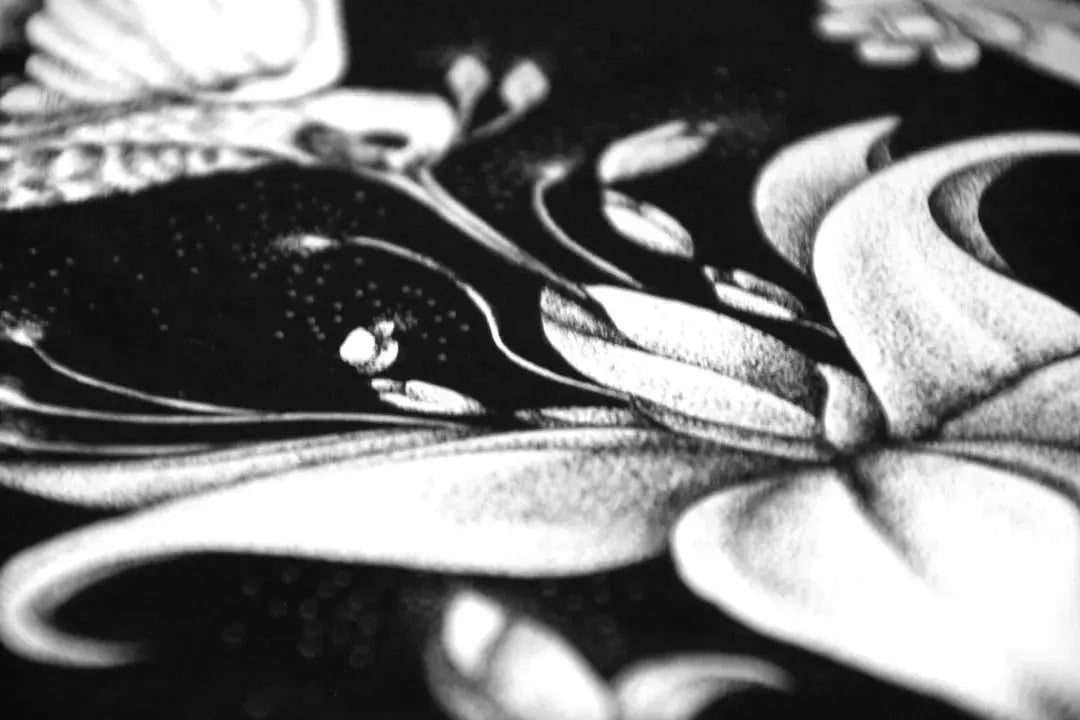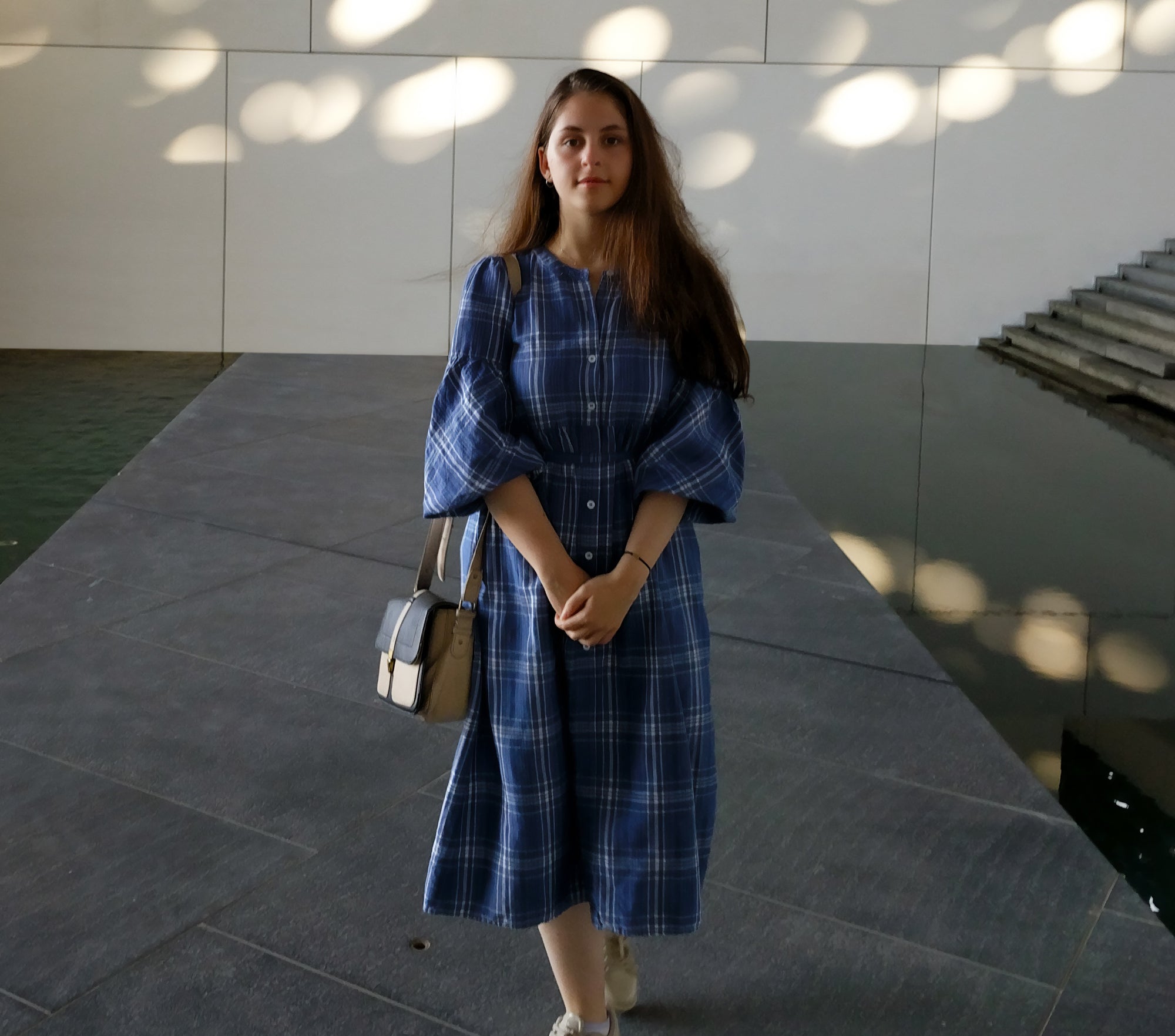What is Realist Art?
Realist art, emerging in the mid-19th century, stands as a testament to a departure from idealized portrayals prevalent in previous art movements. Instead of delving into historical narratives or specific artists, Realist art is fundamentally characterized by a commitment to representing the world as it truly appears. This style prioritizes accuracy and meticulous detail, aiming to capture everyday life, ordinary people, and the natural world without romanticization or distortion. In essence, Realist art is about providing an unembellished and authentic portrayal of the world.
What does the Realist in Realist Art mean?
The term "Realist" in Realist Art refers to the commitment to representing the world in a genuine and unembellished manner. Realism in art seeks to depict subjects truthfully, avoiding idealization or distortion. Unlike Romanticism, which often portrayed fantastical or exaggerated scenes, Realist Art aims to showcase the ordinary and the everyday with a keen eye for detail.
Realism extends beyond mere visual representation; it also delves into portraying the social and cultural aspects of the depicted subjects. The goal is to provide an authentic and unfiltered view of the world.
How do you identify Realist Art?
Identifying Realist Art involves recognizing certain characteristics and techniques employed by artists within this movement. Here's a bullet-point list to help you identify Realist Art:
- Attention to Detail: Realist artists pay meticulous attention to detail, capturing even the minutest aspects of their subjects with precision.
- Naturalistic Color Palette: Realist paintings often utilize a naturalistic color palette, avoiding exaggerated or fantastical hues.
- Ordinary Subjects: Realist Art typically portrays everyday life, common people, and ordinary scenes rather than idealized or fantastical themes.
- Avoidance of Idealization: Unlike Romanticism, Realism rejects idealization and presents subjects as they are, free from romantic embellishments.
- Social Commentary: Many Realist artworks serve as a form of social commentary, addressing issues such as poverty, inequality, and the struggles of the working class.
- Composition and Framing: Realist artists carefully compose their works, considering the arrangement of elements to create a natural and convincing scene.
- Absence of Glamour: Realist Art often avoids the glamorous or heroic, opting instead for a truthful portrayal of the ordinary aspects of life.
By considering these characteristics, art enthusiasts can identify and appreciate the distinct features that define Realist Art.
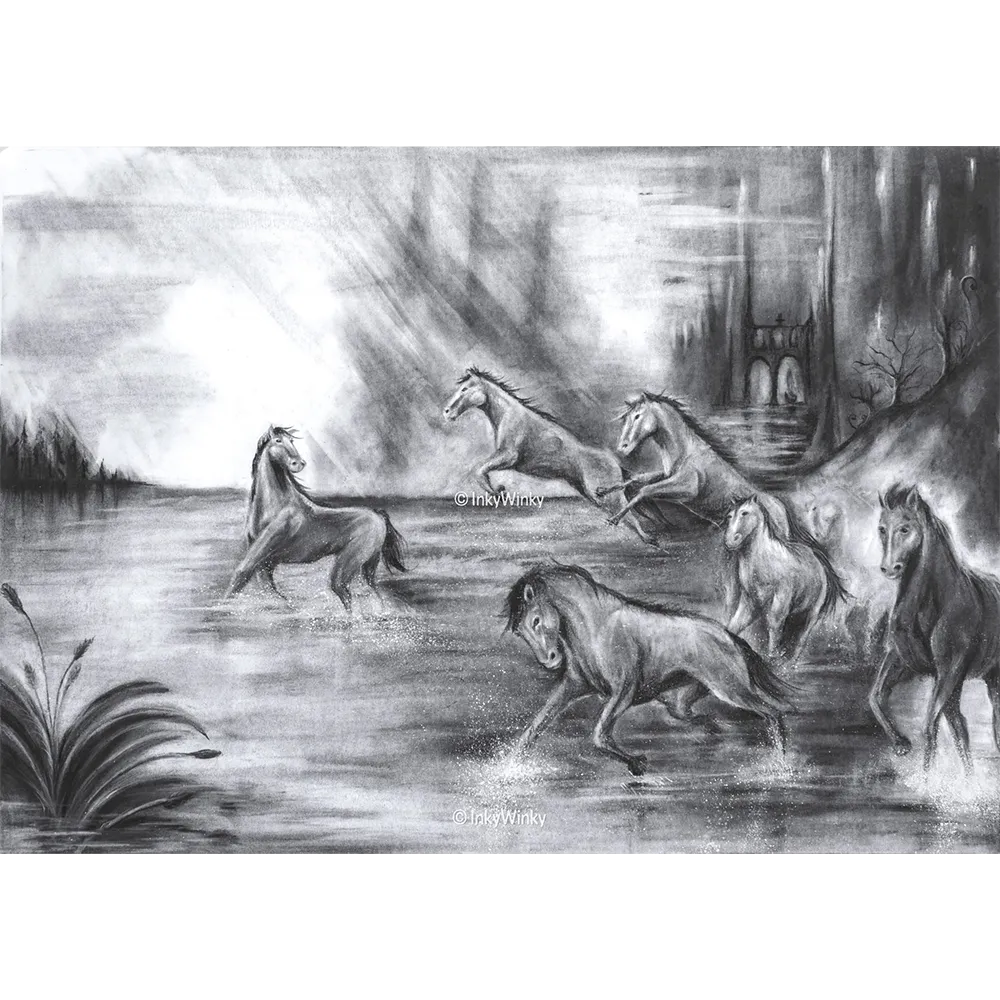
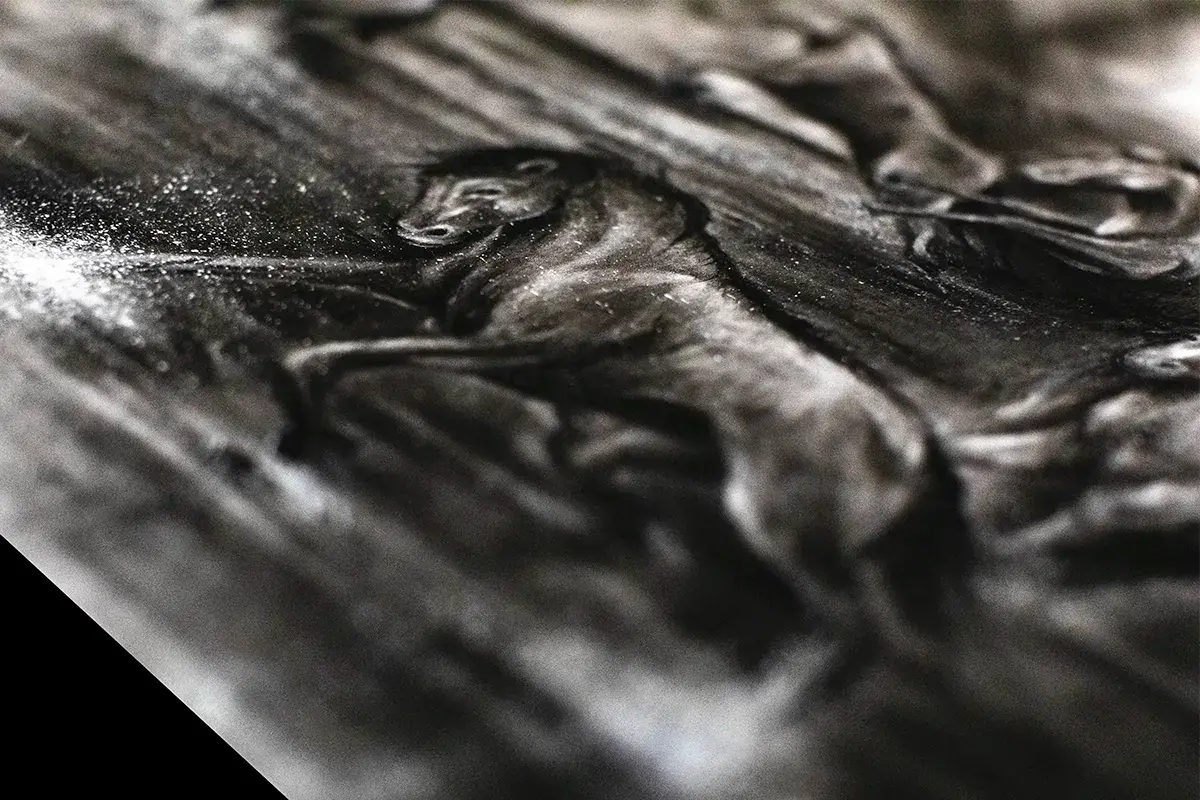 A Scene of Freedom - Fine Art Print
A Scene of Freedom - Fine Art Print